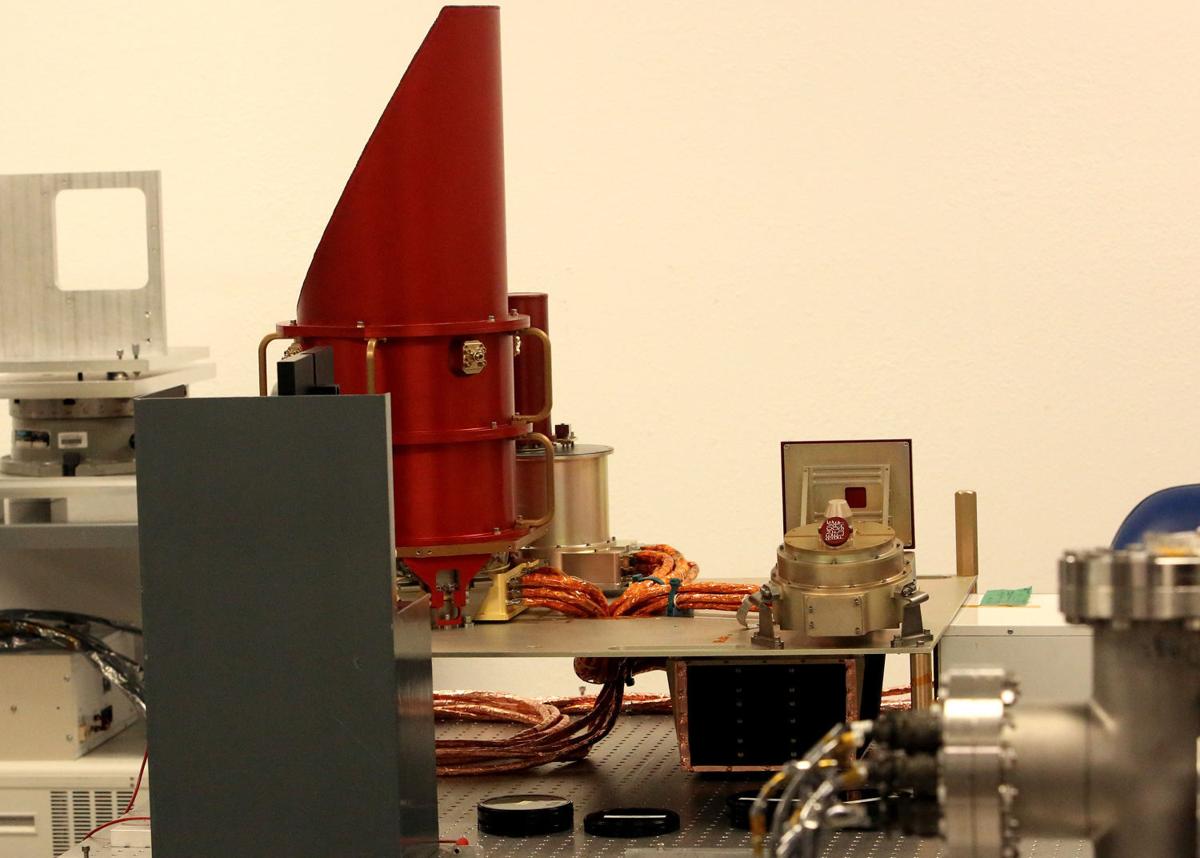Maybe it’s the Sonoran Desert, which, with some imagination, looks like a Martian landscape.
For whatever reason, Arizona has a long history of space exploration, from the first moon missions to next week’s launch of OSIRIS-REx, the second NASA mission headed by the University of Arizona.
The first was The Phoenix Mars Lander Mission, which confirmed the presence of ice-water on the red planet.
Recently, Arizona observatories and universities have played crucial roles in three NASA New Frontiers missions.
Planetary scientists from Northern Arizona University and Lowell Observatory in Flagstaff worked on New Horizons, which sent a spacecraft whizzing by Pluto in July 2015.
William Hubbard, a professor of planetary sciences at the UA, is part of the Juno mission team. Juno successfully entered Jupiter’s orbit on July 4. Hubbard will help interpret Jupiter’s gravitational data, which may reveal whether the gas giant has a solid core.
Now UA is in the limelight again — or rather, the starlight. Dante Lauretta, a professor of planetary sciences, is the principal investigator for NASA’s OSIRIS-REx mission, which aims to obtain a sample of an asteroid. The Science Processing and Operations Center for the mission is based at the UA’s Lunar and Planetary Lab, which also built the spacecraft’s three main cameras.
Phil Christensen of Arizona State University built the spacecraft’s thermal emission spectrometer.





